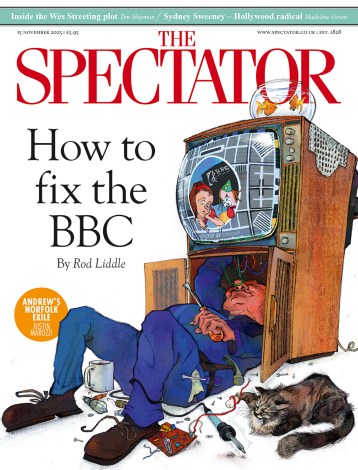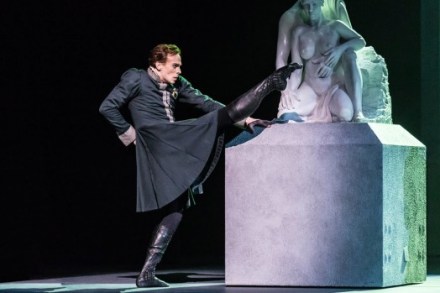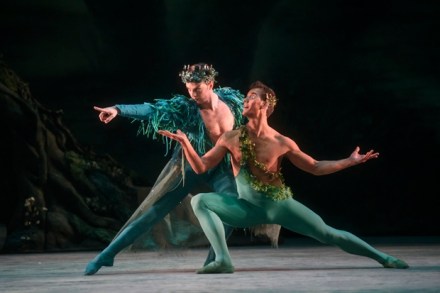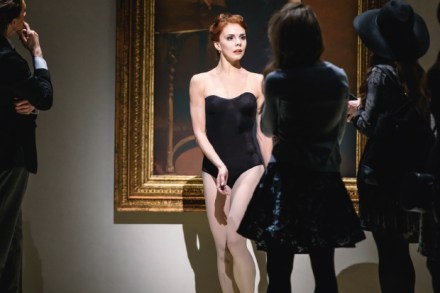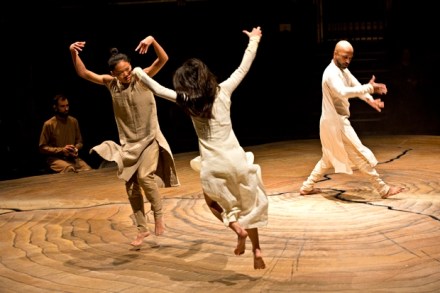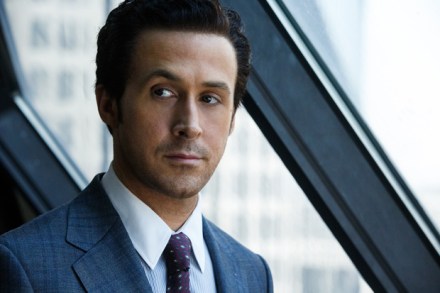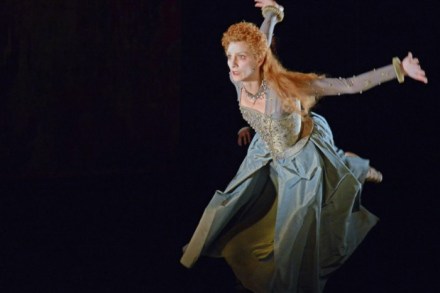What’s the buzz?
Crystal Pite, the Canadian dancemaker who combines intellectual, emotional and physical intelligence in rare degree, is classically trained, but her work is most often made for and performed by contemporary companies. Hence the attraction of this Edinburgh International Festival programme. Scottish Ballet, in the European premiere of a piece Pite made for the National Ballet of Canada in 2009, offered a rare chance to see how her distinctive sensibility plays on the refined bodies of a classical company, and promised to whet the appetite for her upcoming creation for the Royal Ballet in March next year. Emergence confronts explicitly the tension between Pite’s experiences of working with contemporary dancers in

